
CONTACT US:
425-236-6777

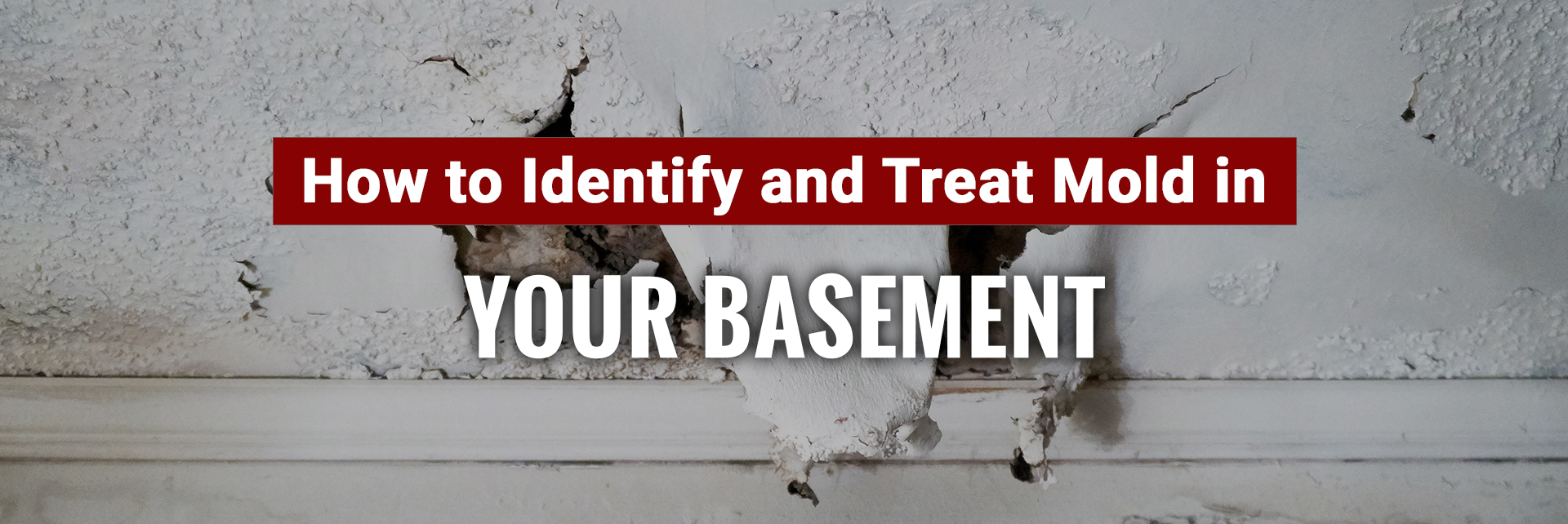
If any place in the house will grow mold, it's the basement. Basements collect and trap moisture, and moisture is one factor that leads to mold growth. And because basements have less natural light and airflow than other parts of the home, that mold will not die off on its own.
Some strains of black mold can be a health hazard. Plus, mold can quickly decay organic materials such as wood, leading to structural failure. This means that identifying and treating mold in the basement should be a priority as soon as you believe that you have it.
Mold in the Basement: Identifying and Treating It
Homes that have basements often have mold. Due to basements' proximity to groundwater, water can wick up through concrete floors and continue wicking up through floor sleepers and wall studs. Homes without a robust water diversion system may accumulate water in the soil that can crack the foundation, which results in water leakage.
Identifying and treating basement mold is a multi-stage process:
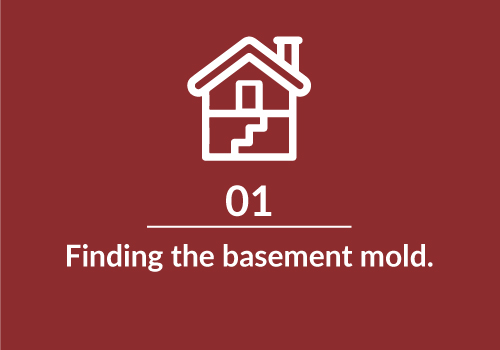
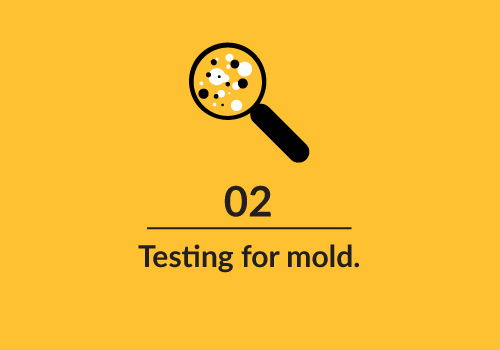


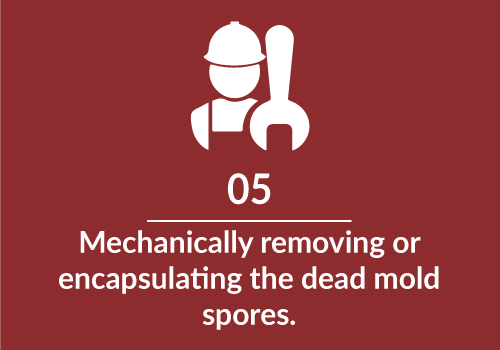
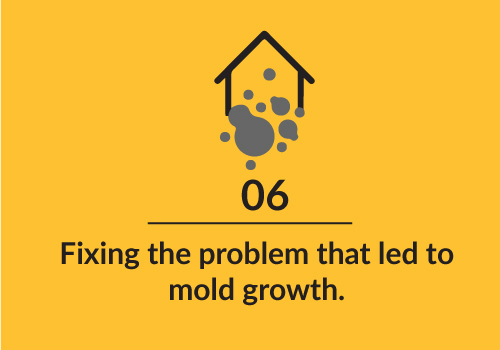

Codes, Regulations, and Permits
Most communities do not have laws that monitor mold or enforce mold removal. However, always check with your local permitting office to see if permits are required for mold removal.
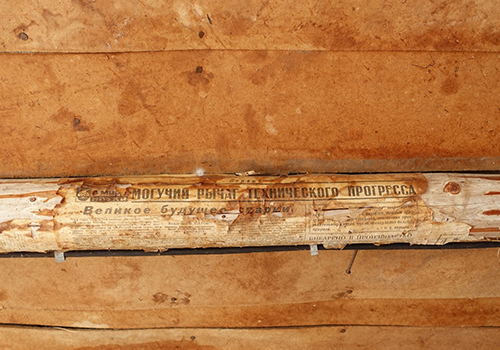
When to Treat Mold in the Basement
Remove mold in the basement as soon as possible to prevent its further growth. If the basement has recently been flooded, first remove all of the water and wait until the basement is completely dry before you begin removing the mold.

Safety Considerations
Because some strains of mold can be hazardous, wear the full range of personal protective equipment and seal off the work area. The personal protective equipment includes: HEPA N95 mask at a minimum, but ideally a P100 mask; hooded disposable coveralls; latex or latex-substitute gloves; shoe covers; and safety glasses.
What You'll Need
Equipment / Tools







Materials





Instructions
How to Identify Mold in the Basement
1) Smell the Air For Mold
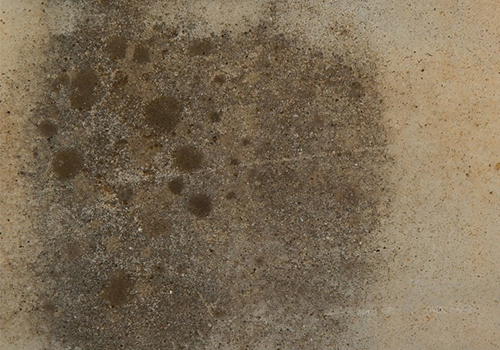
One of the first indicators that your basement has mold is its smell. Mold is variously described as smelling musty, dusty, or earthy. If you know the smell of wet wood or dirty socks, this is similar to the smell of basement mold.
2) Identify Areas Known to Harbor Mold










3) Visually Locate the Mold
Turn on the work light. Scan for signs of mold:



4) Test For Mold With Bleach

Add one part of bleach to ten parts of water in the glass container. Mix. Daub the cotton swab in the mixture. Run the swab across the area suspected of mold. If the surface is dirty, the mixture will not cause it to change colors. If it is mold or mildew, the swabbed area will lighten.
5) Probe the Area
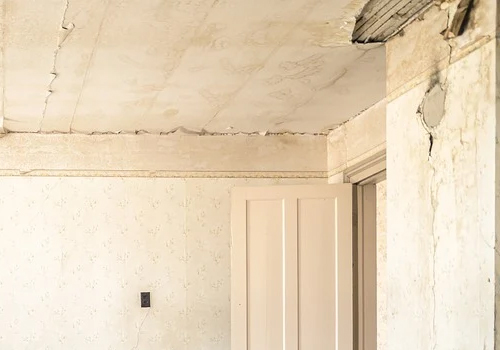
With the screwdriver, gently push into drywall or wood areas of suspected mold. If it is mold, the screwdriver will easily push into the surface, flaking it away. Sometimes, the material will fall apart.
How to Treat Mold in Your Basement
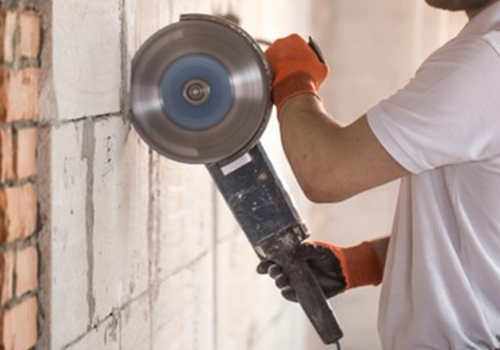
1) Prepare the Work Area
Ventilate the room with a box fan with the airflow moving toward the exterior. Tape up plastic around the work area. Turn off the HVAC system or furnace to avoid carrying mold spores throughout the rest of the house.
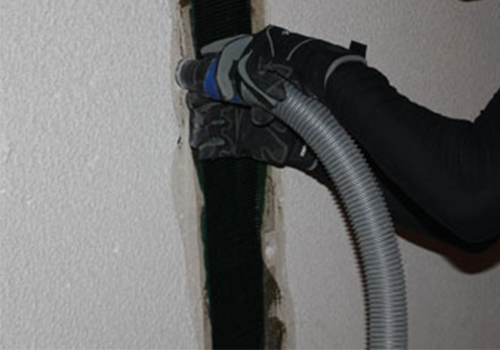
2) Dry the Work Area
Use the wet/dry vacuum to vacuum up water. For other latent moisture, increase the heat in the room, turn on dehumidifiers, and leave the fan running until the area is completely dry.
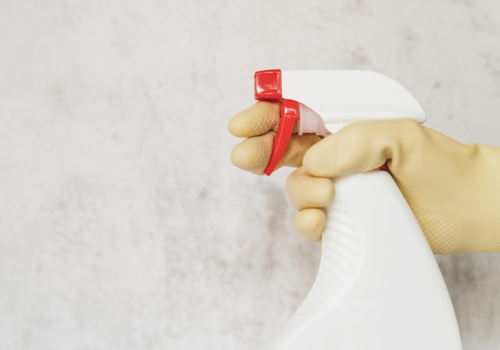
3) Spray the Mold With Mold Remover
Spray down the areas of basement mold with the mold remover. Wipe the mold remover across the surface with the sponge, thoroughly working it in.
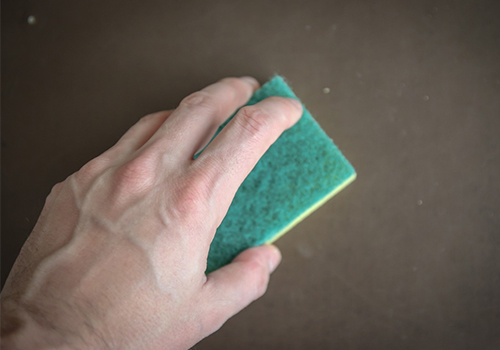
4) Clean or Encapsulate the Mold
After the mold remover has dried, the mold spores are dead but the mold physically remains. You may choose to paint over the mold with latex paint or remove the mold with dish detergent and hot water.
Tip
Surfaces such as bare drywall that can be ruined by the application of too much water should be encapsulated with paint rather than cleaned with water.
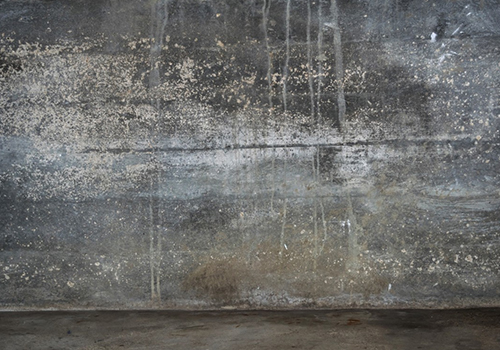
5) Prevent the Mold From Growing Again
A good system of gutters and downspouts is one step toward reducing basement moisture. Grade soil around the home downward. Dehumidifiers in the basement can reduce the moisture content in the air. Seal around dryer vents with metal tape. Check pipes for leaks and fix, as needed.
When to Call a Professional

Mold remediation companies can treat basement mold, especially if you have large, pervasive sections of mold. If you are proceeding with a real estate sale, you may be contractually required to have a professional mold remediation company remove the mold rather than you treating it by yourself.
If you have any questions or comments, email me
at [email protected] and those questions are answered within 30 minutes.
OR if you would like more information on Our Proven Unique Systems and Programs, call us
at 425-236-6777 or visit our website www.GeorgeMoorhead.com
For FREE Online Home Evaluation,
please complete the form below
Looking for Investment Properties?
Let us know what you need

©2021. All rights reserved
GEORGE MOORHEAD - Bentley Properties
[email protected]
Direct: 425-236-6777
14205 SE 36th St., Suite 100, Bellevue WA 98006
19125 North Creek Pkwy #120, Bothell 98011
Office: 425-747-1901
www.GeorgeMoorhead.com

